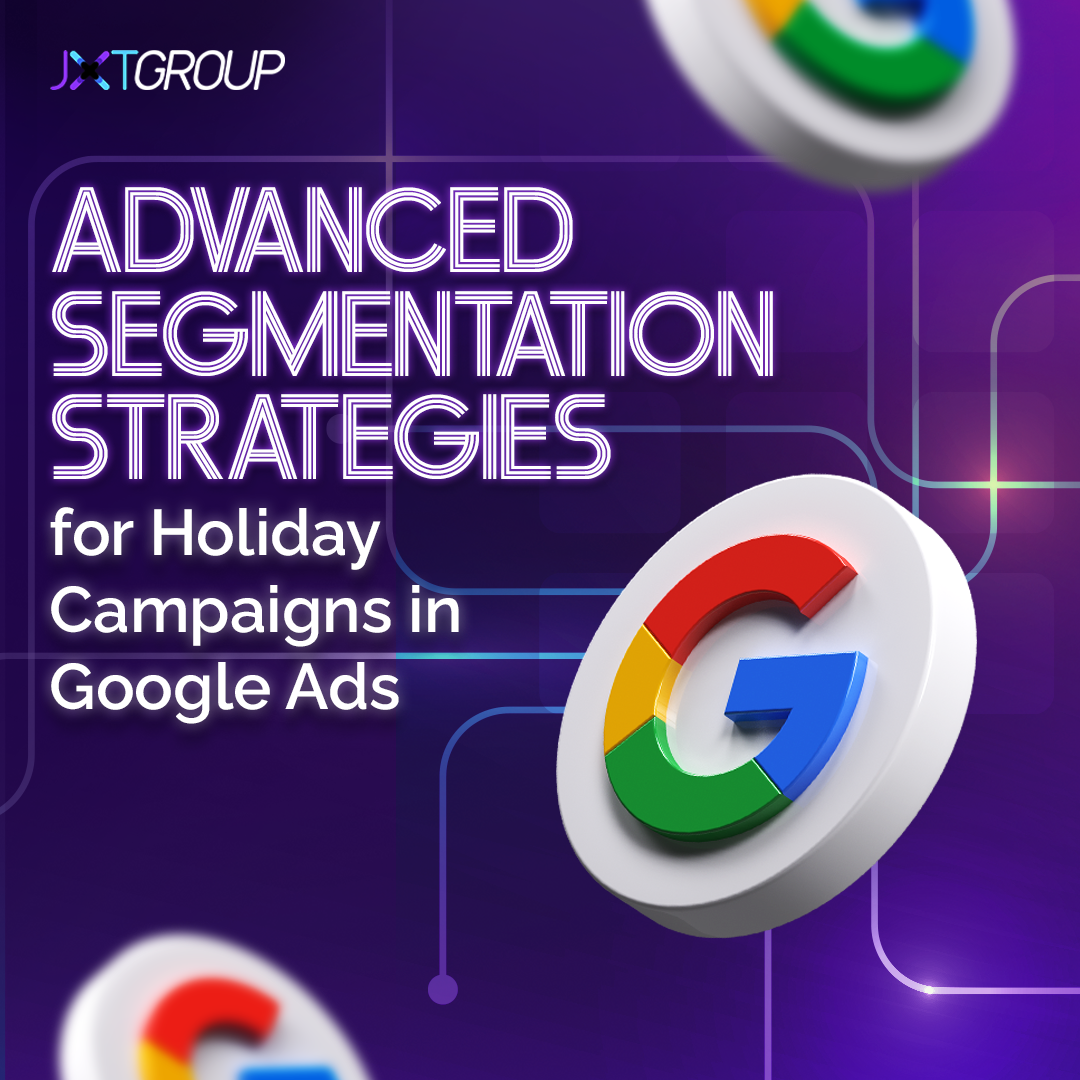The holiday season is a crucial time for your business to capture the attention of shoppers and drive sales, especially as holiday retail sales are projected to reach up to $966.6 billion this year. Google Ads is a powerful tool that can help you reach your target audience effectively during this festive period.
However, with intense competition and varied consumer behaviors, it’s essential to employ segmentation strategies to make the most of your advertising budget.
Why Audience Segmentation Matters
Audience segmentation involves dividing your target audience into smaller, more specific groups based on shared characteristics, behaviors, or interests. The primary reasons segmentation is critical for holiday campaigns in Google Ads include:
1. Relevance: Different customers have different needs and preferences during the holidays. Segmentation allows you to tailor your ads and messaging to specific groups, ensuring your content is highly relevant to each audience.
2. Efficiency: Segmented campaigns can help you allocate your budget more efficiently by focusing on the customer groups that are most likely to convert. This minimizes wasted ad spend on audiences that are less likely to engage with your brand.
3. Personalization: Personalized content resonates better with consumers. By segmenting your audience, you can create ads that speak directly to their interests and needs, enhancing the overall user experience.
Segmentation Strategies for Holiday Campaigns 
Let’s delve into specific segmentation strategies that businesses can employ in their Google Ads campaigns during the holiday season:
1. Gift Shoppers vs. Self-Shoppers
During the holidays, there are two primary types of shoppers: those looking for gifts for others and those treating themselves. Segment your audience based on this behavior. Create separate ad groups or campaigns targeting gift shoppers and self-shoppers. For gift shoppers, emphasize the joy of giving and highlight your products as ideal presents. For self-shoppers, focus on the idea of self-indulgence and self-care.
2. Last-Minute Shoppers
Many consumers wait until the last minute to make their holiday purchases. Create a specific campaign to target these procrastinators. Use ad copy and ad extensions that emphasize speedy shipping, guaranteed delivery before the holidays, and limited-time offers to encourage them to buy from you rather than a competitor.
3. Demographic Segmentation
Segmenting your audience based on demographics such as age, gender, and location can be highly effective during the holidays. For example, if you sell toys, you might want to target parents with young children. If you offer luxury goods, you might target high-income individuals. By customizing your ad content to appeal to these specific demographics, you increase your chances of conversion.
4. Segmenting by Past Behavior
Loyal customers and repeat buyers are valuable during the holiday season. Use your historical data to identify and segment this audience. You can create a campaign that rewards them for their loyalty with exclusive offers or early access to holiday sales. Make them feel appreciated and more likely to return.
5. Weather-Based Targeting
Depending on your product or service, weather-based segmentation can be effective. For instance, if you sell winter clothing, you can use weather data to target regions with colder temperatures and tailor your ads to highlight the warmth and comfort of your products.
6. Device Segmentation
Consider how users on different devices behave. For example, mobile users might be more impulsive shoppers, while desktop users may take their time researching. Customize your ad campaigns to suit the device habits of your target audience.
Implementing Segmentation in Google Ads
Once you’ve decided on your segmentation strategies, here’s how to implement them effectively in Google Ads:
1. Create Separate Campaigns and Ad Groups: Set up dedicated campaigns and ad groups for each segment to ensure your ads are specifically tailored to their needs and preferences.
2. Customize Ad Copy and Creative: Craft ad copy, headlines, and visuals that directly speak to the segment you’re targeting. Ensure that the messaging is aligned with their unique motivations and pain points.
3. Set Bid Adjustments: Adjust your bidding strategy to allocate more budget to high-converting segments and less to segments with lower conversion rates. This optimizes your ad spend.
4. Use Audience Targeting: Utilize Google Ads audience targeting features to reach specific segments. You can create custom audiences based on user behavior or demographic information.
5. Monitor and Adjust: Regularly analyze the performance of your segmented campaigns. Make data-driven adjustments as needed to improve results throughout the holiday season.
While audience segmentation is a crucial strategy to improve the return on your advertising investment, it’s just one way you can maximize your holiday sales. For more advanced strategies and customized guidance, consider partnering with our expert team at JXT Group. We’ve achieved recognition as a Google Premier Partner due to our success and expertise implementing and managing Google Ads.
If you’re ready to improve your Google Ads this holiday season and into 2024, call us today at 718-690-7302 or send us an inquiry through our online contact form.

